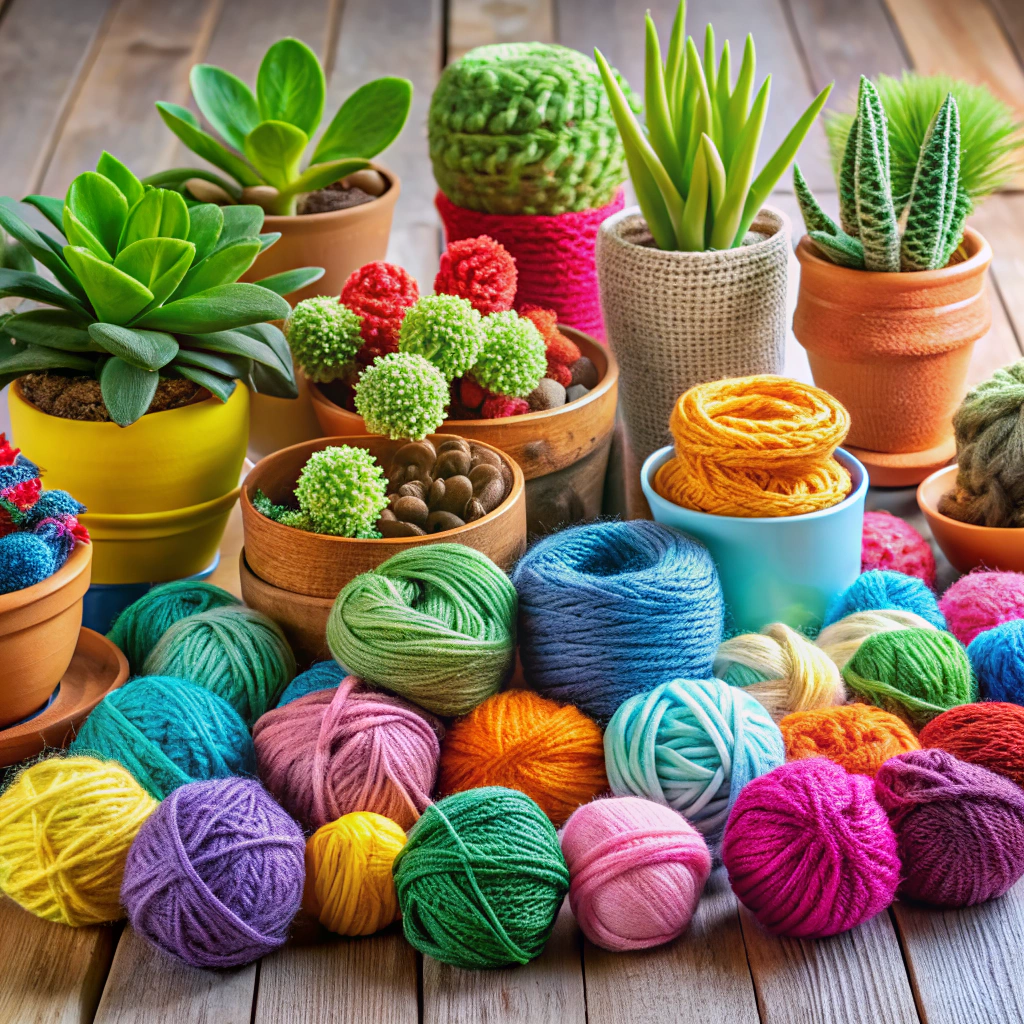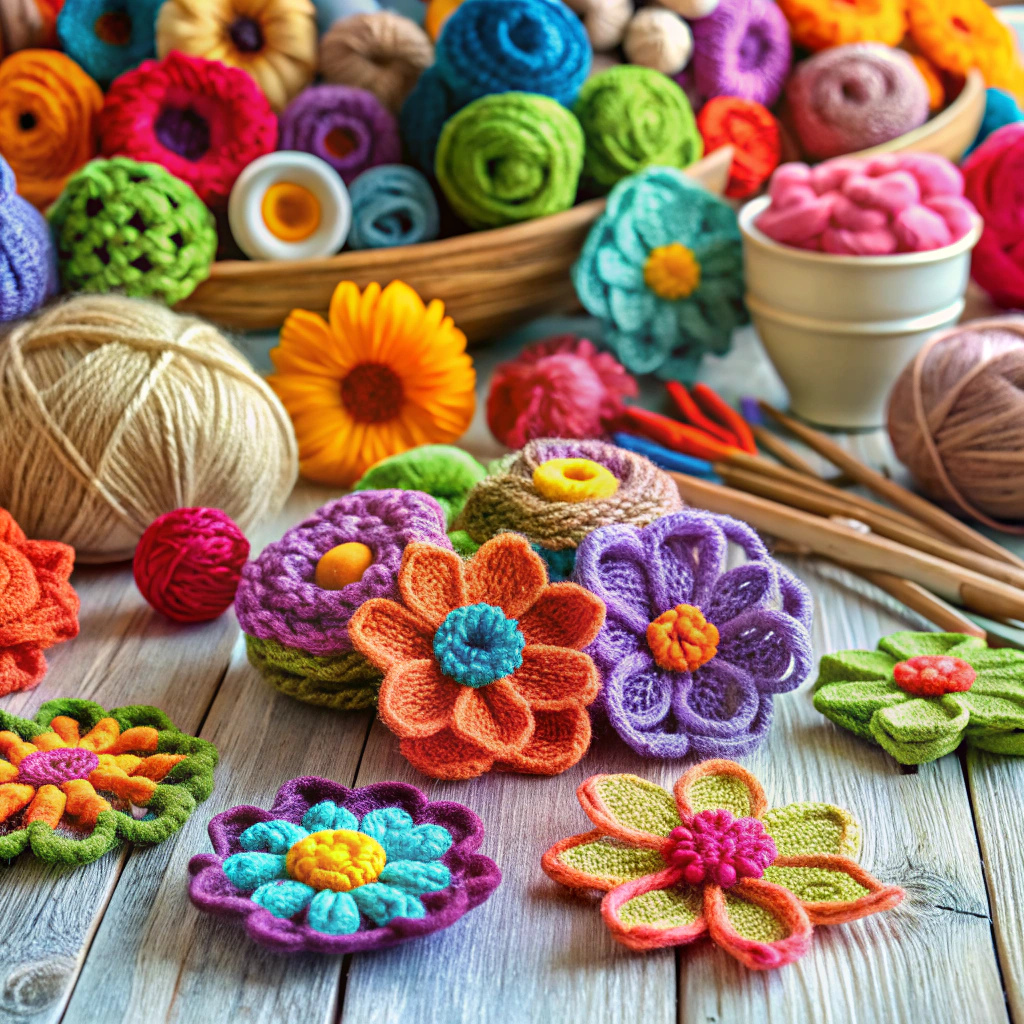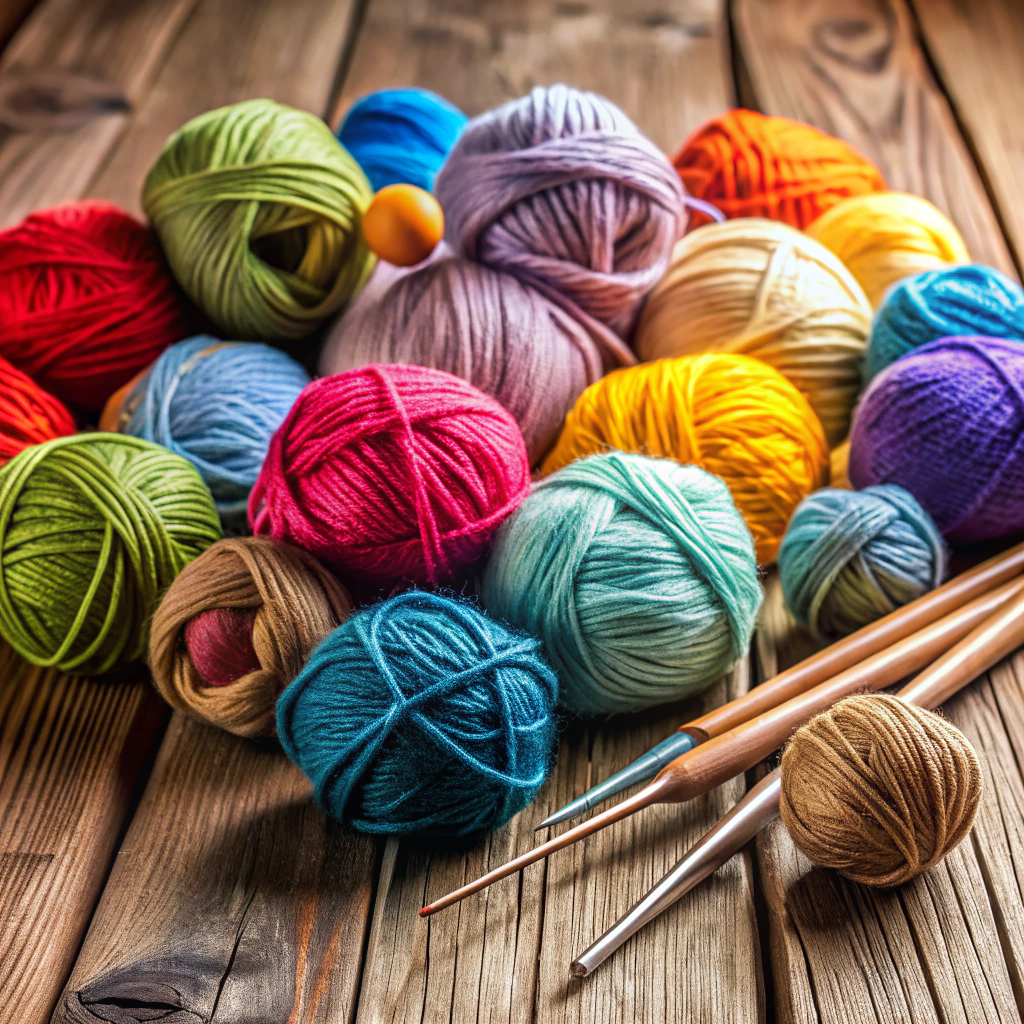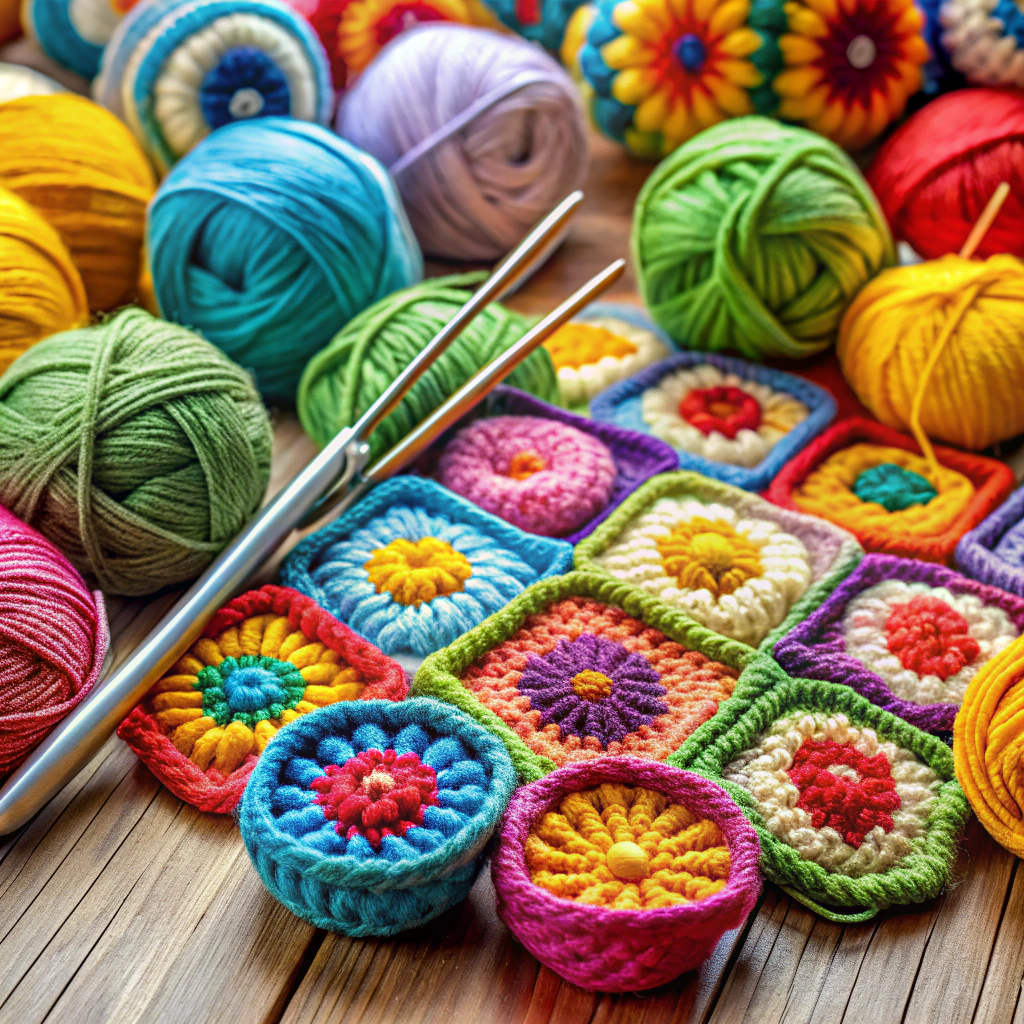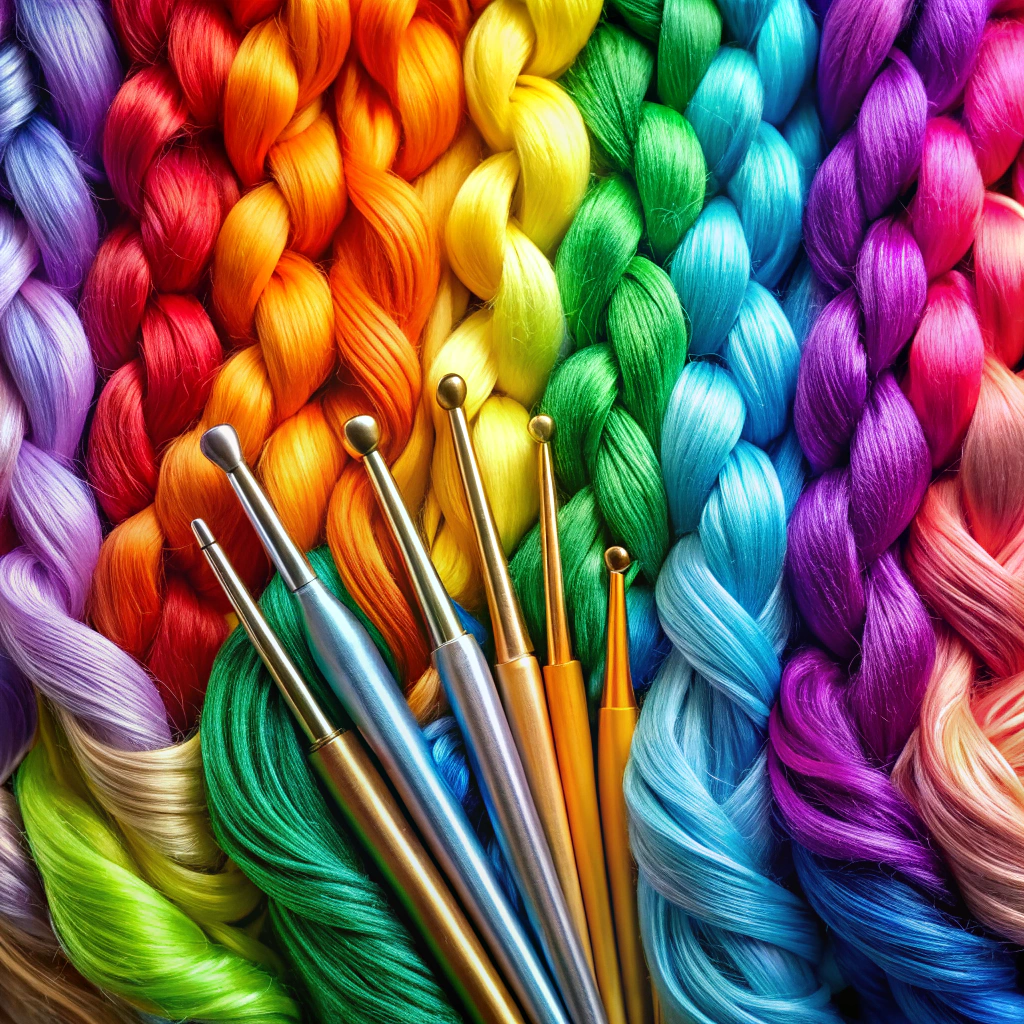Learn the basics of crocheting, from selecting the right hook and yarn to mastering essential stitches and creating your first project.
Key takeaways:
- Choose the right hook and yarn for your project.
- Learn the basic crochet stitches: slip knot, foundation chain, single crochet.
- Practice different stitches like half double crochet, double crochet, treble crochet.
- Explore advanced stitches like shell stitch, bobble stitch, front post and back post crochets.
- Understand crochet techniques like increasing, decreasing, changing colors, working in loops, blocking, and working in the round.
What Do You Need to Start Crocheting?
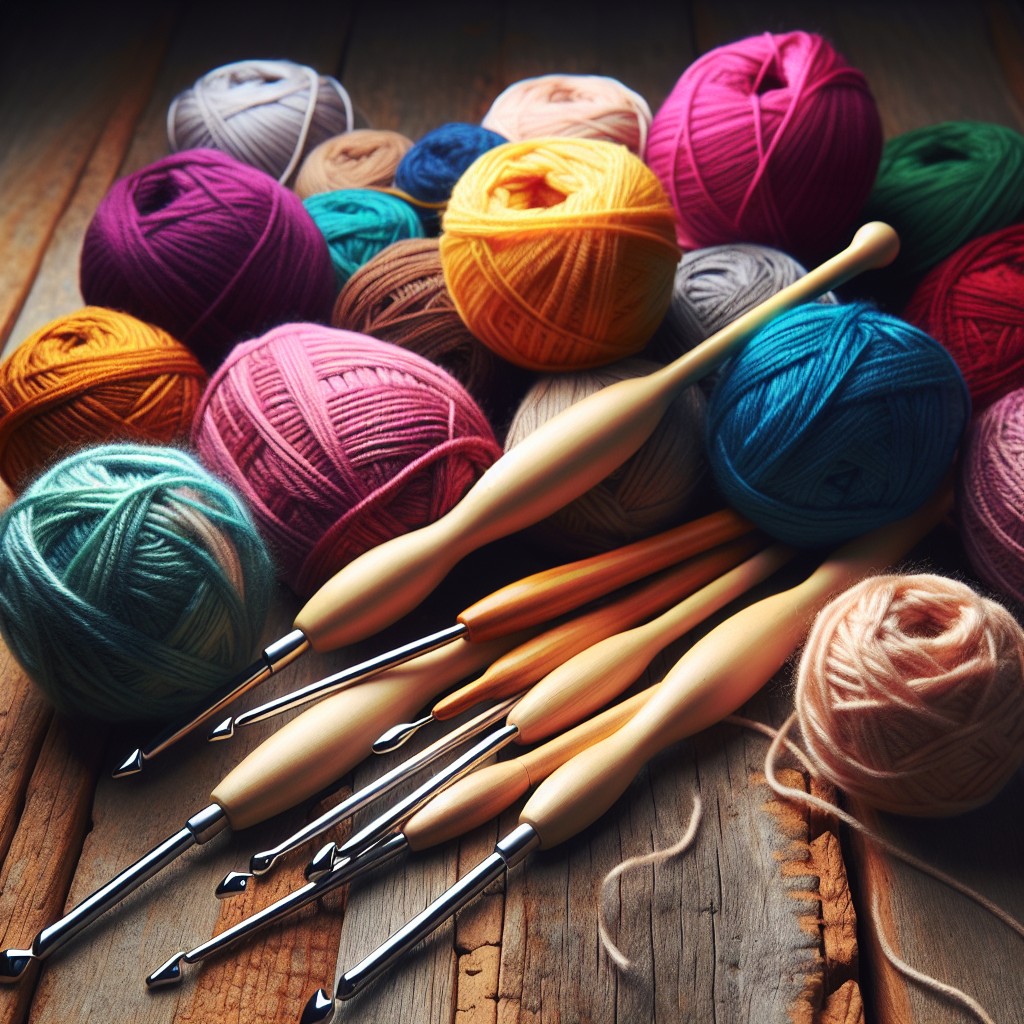
Before diving into the immersive world of crochet, there are a few essential tools and materials you’ll need to gather:
**Yarn:** Choose a yarn that’s comfortable to work with. As a beginner, consider starting with a medium weight yarn, often labeled as ‘worsted’ or number ‘4’, as it’s easier to see your stitches.
**Crochet Hooks:** These come in various sizes. Match the hook size to your yarn’s recommended gauge, often found on the yarn label. For worsted yarn, a size H-8 (5mm) hook is commonly used.
**Scissors:** A small pair of sharp scissors is necessary for cutting yarn.
**Yarn Needle:** This blunt-tip needle is handy for weaving in yarn tails at the end of a project.
**Stitch Markers:** These small markers can be useful to keep track of important spots in your pattern.
With these items in hand, you’ll be set to start your crochet journey. As you progress, you may find it helpful to expand your toolkit, but these basics will suffice for your first foray into crafting with yarn and hook.
How to Crochet Step-by-Step
Begin by selecting the right hook and yarn for your project. Hold the crochet hook in your dominant hand, using a grip that feels natural and comfortable to you.
Create a slip knot by looping the yarn around your fingers, allowing the long yarn strand to drop behind the loop. Slide the crochet hook through the loop and tighten gently, ensuring the knot is not too tight on the hook.
To make a foundation chain, yarn over (wrap the yarn over the crochet hook from back to front) and pull through the loop on the hook—this is one chain stitch. Continue until you have the desired number of chains for your project.
Next, you will start the first row. Depending on the pattern, you will insert the hook into a chain stitch, yarn over, and pull up a loop. Then, yarn over again and pull through both loops on the hook to complete a single crochet stitch.
Continue to single crochet across, inserting the hook into each chain, yarning over, pulling through to have two loops on the hook, yarning over again, and pulling through both loops.
At the end of the row, turn your work. Chain one (which acts as the turning chain) and start crocheting into the stitches of the previous row.
Maintain even tension throughout your work to ensure your stitches have a consistent size and your fabric looks neat. It’s normal for tension to vary as you learn, but practice will help you find balance.
As you gain confidence, experiment with different stitches such as half-double crochet, double crochet, and treble crochet by following the same principles but with variations in the number of yarning over and loops pulled through.
Remember, every completed stitch involves the basic steps of inserting the hook, yarning over, pulling through, and managing loops on the hook. Keep practicing, and you’ll soon develop rhythm and ease with the process.
More Crochet Stitches
Building on basic stitches, you can create a variety of textures and patterns in your crochet work. Expanding your stitch repertoire enhances your ability to tackle more complex projects.
**Half Double Crochet (HDC):** A versatile stitch that’s taller than a single crochet but shorter than a double, offering a balance between density and speed.
**Double Crochet (DC):** Works up quickly and is ideal for creating a lighter fabric with more drape. It’s commonly used for blankets and clothing.
**Treble Crochet (TR):** Even taller than the double crochet, this stitch adds a stretchy, lacy quality to your work. It’s great for shawls and scarfs.
**Slip Stitch Crochet:** Often used for joining pieces or creating edging, slip stitches can also be worked in rows for a firm, dense fabric.
**Shell Stitch:** Combines multiple stitches into one, creating a fan or shell shape. This decorative stitch adds a textured, vintage look.
**Bobble Stitch:** Creates a puffy, textured dot in your fabric. It’s popular in making cozy blankets and adds a fun, three-dimensional aspect to projects.
**Front Post and Back Post Crochets:** By crocheting around the post of a stitch instead of into the top loops, you can create ribbed patterns that mimic knitted fabrics.
Exploring these stitches can greatly enhance the appearance of your crochet projects. Practice each type to become more proficient and to open up a world of creative possibilities.
More Crochet Techniques
Once you’ve mastered basic stitches, expanding your skills with additional crochet techniques will enable you to tackle a wider variety of projects. Increasing and decreasing changes the shape of your work, essential for items like hats and amigurumi. To increase, simply work multiple stitches into the same space. Decreasing involves combining stitches together, often referred to as ‘crocheting two together.’
Experiment with changing colors to add stripes or blocks of color to your work. This involves completing the last yarn over of a stitch with the new color. Carry yarn on the wrong side or cut the yarn and weave in ends for a neater finish.
Working in the front or back loops only can create interesting textures. Normally stitches are worked under both loops on the top of a stitch; by altering this, you can create ridges or a ribbed effect.
Understanding how to block your finished projects can significantly improve their appearance. Blocking involves wetting or steaming your piece then shaping it to the desired dimensions and allowing it to dry, which can help stitches look more even and professional.
Lastly, consider learning how to work in the round for projects like coasters, placemats, and baskets. This technique involves joining crochet rounds with a slip stitch or working in a continuous spiral.
By integrating these techniques into your repertoire, you’ll increase your crochet project possibilities and refine the look of your finished pieces.
How to Read a Crochet Pattern
Understanding crochet patterns is crucial for bringing designs to life. Patterns typically include an abbreviation key, stitch counts, and specific instructions.
First, familiarize yourself with common abbreviations. These abbreviations represent different stitches and techniques, such as “sc” for single crochet or “ch” for chain.
Pay attention to pattern gauge, which indicates how many stitches per inch you should have. Achieving the correct gauge ensures that your finished piece matches the intended size.
Patterns also specify yarn weight and hook size. Using the recommended materials helps achieve the desired texture and dimensions.
Look for pattern repeats denoted by asterisks (*) or brackets []. These signify a sequence of stitches to be repeated a certain number of times.
Lastly, stitch counts at the end of rows or rounds help verify accuracy. Check your work against these counts to catch any mistakes early.
By understanding these components, you’ll be able to tackle patterns with confidence and create intricate crochet projects.
